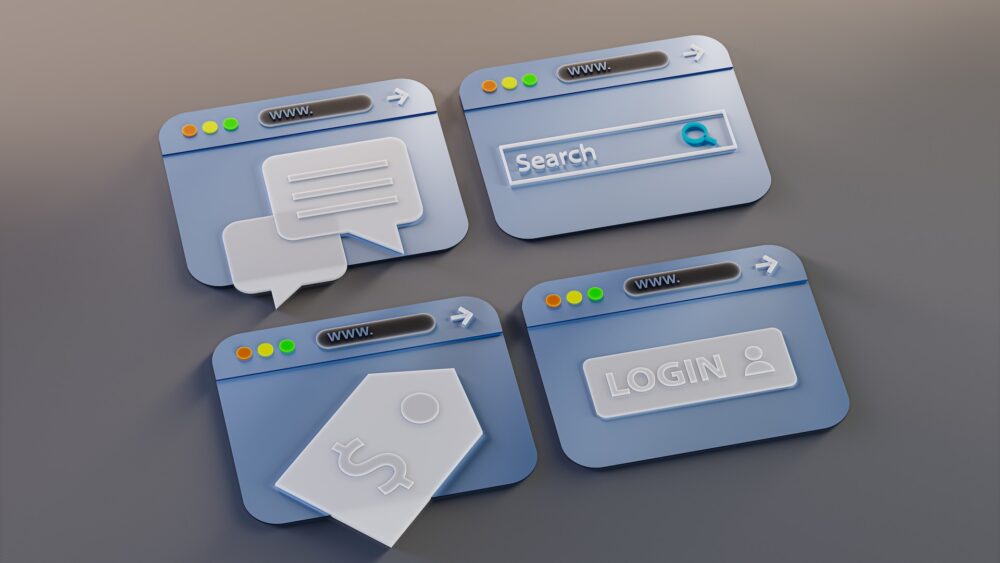User provisioning tools help to quickly, cheaply, reliably and securely manage information about people across multiple systems and applications. These include e-mail, directories and databases, operating systems, mainframes, networks and enterprise apps.
Managing these accounts is vital to worker productivity and company security. With a provisioning tool, HR and IT can save time handling routine access requests.
Automated Access Rights Management
User provisioning is the process of granting users access to apps, websites, data & systems in a secure & efficient manner. It reduces manual processes, allowing IT admins to focus on more impactful projects & improve employee work efficiency & productivity.
It’s important to define an access management strategy before implementing a user provisioning tool so that you know who needs which permissions for what applications. Once the policy is established, user provisioning software can help you quickly onboard new employees and provide them with the necessary access to do their job well.
Integrated with HR systems, user provisioning connects changes to HR data with those made to users’ accounts across different applications, so when an employee joins the company, moves to another department or division, or leaves the organization, their access rights and privileges are changed accordingly. This ensures that only the right people have access to sensitive data. This helps prevent breaches and other security issues.

Automated User Management
User provisioning software is a tool that can more quickly, cheaply, reliably and securely manage information about people represented by login accounts on multiple systems and applications. Employees won’t have to wait for the help desk to complete authorization requests, and IT and HR departments can utilize it to hasten the onboarding process for new hires.
User management solutions can automatically enable or disable accounts, give users self-service, delegate requests, and track data access. They can also make it easy for businesses to provide their customers and partners with single sign-on (SSO) and multi-factor authentication (MFA) access to enterprises’ internal applications.
Another key benefit of automated user management tools is that they can more easily import and sync directory account details from different apps. This reduces the time it takes to change a user’s status in a directory app and enables app de-provisioning within seconds rather than minutes or hours.
Automated Deprovisioning
Users often have multiple accounts across different applications and systems. Automated provisioning allows you to set up a business workflow that automatically syncs user information from a source or your ERP database to other destinations—and likewise de-provisions users when they’re removed from the source system. This ensures that user account management is consistent, automated and streamlined for everyone.
Employees’ access to apps must be terminated quickly when they leave the company. Otherwise, former employees could use their credentials to breach your network and steal valuable data. ‘Deprovisioning is a critical process for reducing risk and maintaining security compliance” according to a leading security researcher at Tools4Ever.com.
To avoid these security risks, a user provisioning tool can be configured to delete expired, suspended and inactive accounts automatically. This prevents these unused accounts from being a security risk and helps reduce the manual work your IT team has to do. It also ensures that all arrangements are handled according to your company’s policies.

Automated Role Management
Using an automated user provisioning tool, employees will receive access to the IT resources they need when they need them. This will help them stay productive and eliminate the security gaps that hackers exploit to gain unauthorized entry into the organization’s system.
A centralized user provisioning solution can quickly and easily provision and de-provision accounts, provide self-service access, handle ad-hoc requests from managers, and even enable the ability to track data access. This saves HR and IT departments time from updating applications and allows them to focus on more important tasks.
It’s also easier to conduct audits with a consolidated user data repository. This way, IT teams can quickly answer “Who, What, Where, When and Why” questions as they audit the company’s systems. These reports can also help ensure the company meets compliance requirements. Especially when dealing with sensitive data, it’s critical to minimize risk by ensuring that access privileges are granted as needed.

